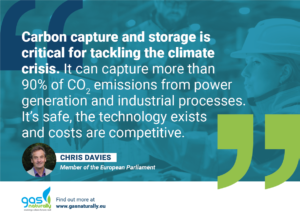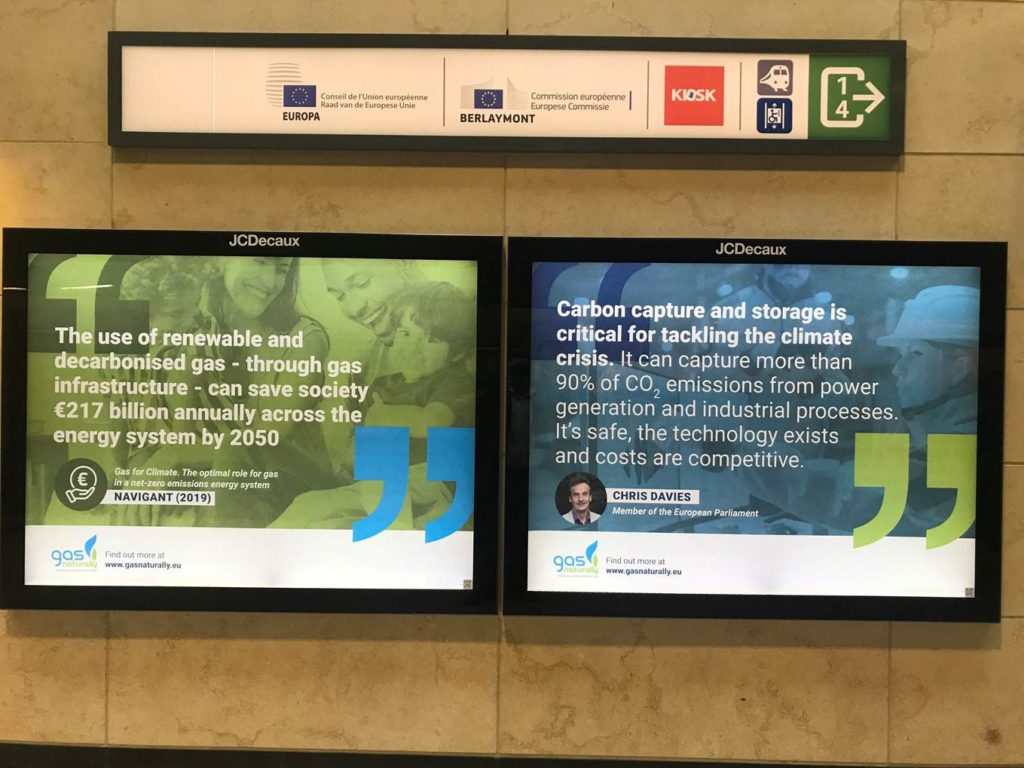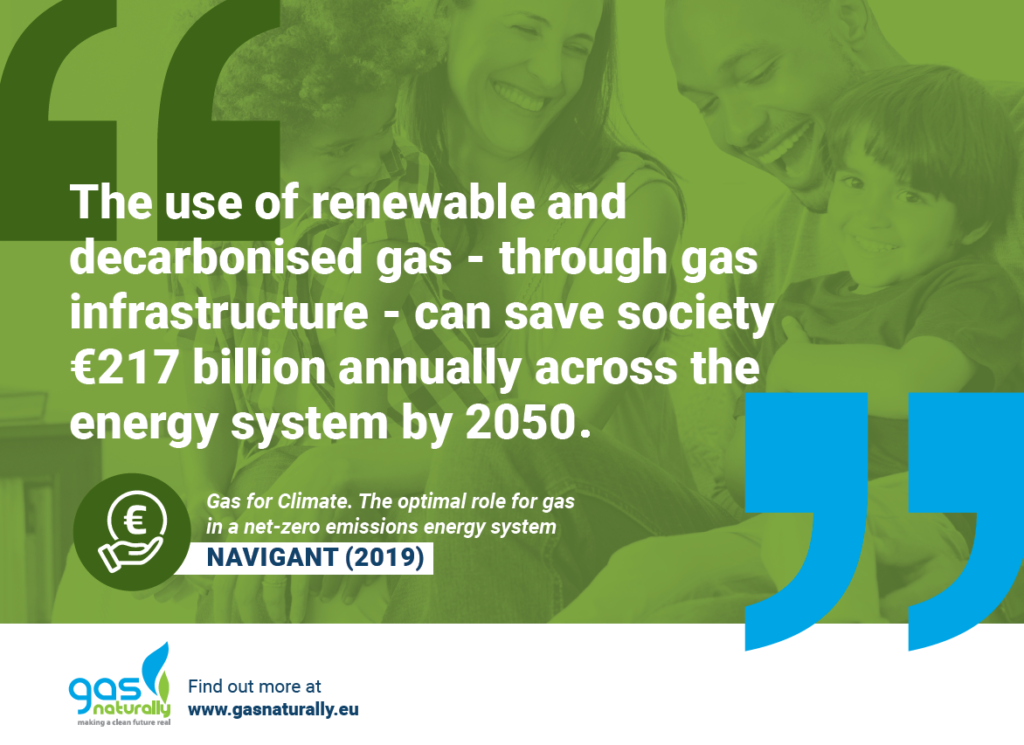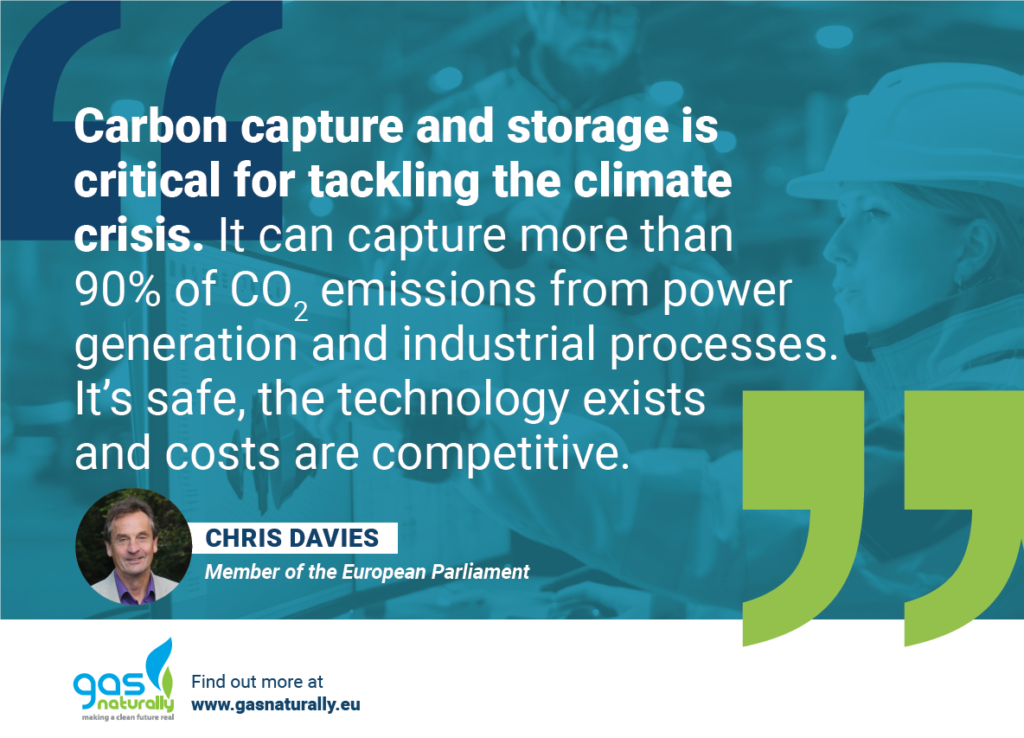GasNaturally Brussels metro campaign: Renewable and Decarbonised Gas & Carbon Capture and Storage


Key facts about renewable and decarbonised gas & carbon capture and storage
- A sustainable scale up of biomethane, power to methane and green hydrogen at strongly reduced production costs is possible by 2050. The use of renewable and decarbonised gas - through gas infrastructure - can save society €217 billion annually across the European energy system by 2050.
- Production of biomethane in the EU can be scaled up from 2 bcm today to 95 bcm natural gas equivalent by 2050. The cost of biomethane from anaerobic digestion can be reduced by 25% by 2050 due to increase in installation size, innovative agricultural practices, efficiency increases and reduction in feedstock costs. Biomethane costs from thermal gasification could be 50% lower by 2050 thanks to scaling up of gasification plants which will lead to optimisation of processes and will substantially lower the costs due to economies of scale.
- It is possible to use green hydrogen and CO2 captured when upgrading biogas to biomethane to create additional methane. CO2 from large-scale thermal gasification plants can be stored below ground to create negative emissions. At anaerobic digestion installations, much smaller quantities of CO2 become available and it would be difficult and expensive to store this CO2 below ground at farms. Therefore, it makes sense to capture this CO2 and use it, with hydrogen, to produce power to methane. If applied to half of the EU anaerobic digestion biogas upgrading plants by 2050, this could generate an additional methane supply of 160 TWh, additional to the biomethane potential, or 15 bcm of natural gas equivalent.
- By 2050, about 200 TWh of green hydrogen from curtailed electricity could be produced for an average cost of 29 €/MWh. In addition, more than 2,000 TWh of green hydrogen from dedicated renewable electricity generation could be produced for 52 €/MWh. Total green hydrogen demand in various sectors amounts to 1,710TWh or about 160 billion cubic metres of natural gas equivalent.
(The Optimal Role for Gas in a Net-Zero Emissions Energy System, Navigant 2019) - Hydrogen from natural gas with CCS can provide significant volumes of hydrogen in the near term, kickstarting a European hydrogen economy. Policymakers and industry should therefore focus on the development and scale-up of all clean hydrogen production pathways. (Hydrogen Roadmap Europe: A sustainable pathway for the European energy transition, FCH2 JU, 2019)
- Today, the main source of hydrogen production is natural gas reforming, which produces hydrogen and CO2 from methane. With carbon capture technologies, up to 93% of CO2 emissions from the reforming process can be captured to produce clean hydrogen. Combining hydrogen production from biomass with CCS can remove CO2 from the atmosphere while producing energy, creating negative emissions. A hydrogen production infrastructure with integrated CCS has the potential to deliver an estimated 57% of the total negative emissions needed in 2050 in the European Commission’s 1.5 TECH scenario. (Hydrogen for Europe, Pre-study report, SINTEF & IFPEN, 2019)
- Using clean gas options and CCS could help decarbonise the European energy system and save European consumers €1,150 bilion by 2050 compared to an all-electric approach. (Fully decarbonising Europe’s energy system by 2050, Pöyry, 2018)
- Pathways in the IPCC Special Report on Global Warming on 1.5C, the IEA World Energy Outlook and the European Commission’s 2050 long-term strategy all show that CCS is essential to meet the 1.5C target.
- CCS is a proven technology: the first operations started in 1972 as Enhanced Oil Recovery (EOR) projects , and there are now 18 commercial projects in operation globally. Europe is well-placed to benefit from CCS thanks to its ample storage capacity, extensive offshore pipeline infrastructure and numerous industrial clusters. (Global CCS Institute, Status Reports 2017, 2018)
- Risks of CO2 leakage are extremely low, with the IPCC estimating 99% containment for over 1000 years for well-selected storage sites. (Special Report on Carbon Dioxide Capture and Storage, IPCC,2005)
- The geological storage potential for CO2 in Europe is around 134 Gt CO2, taking into account storage restrictions in some Member States. This is equivalent to 446 years’ worth of CO2 storage at the rate suggested necessary by the European Commission in a net-zero 2050 scenario. (Navigant, Gas for Climate study based on data from EU GeoCapacity project)


